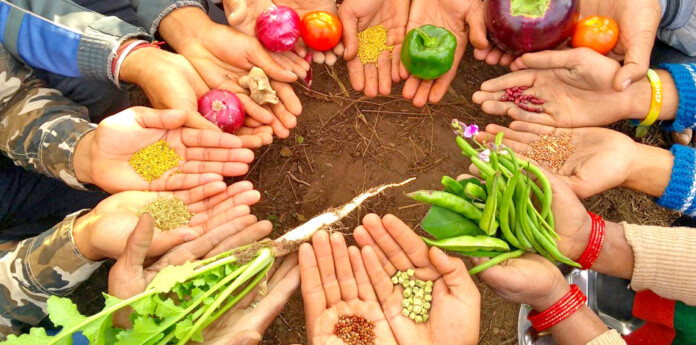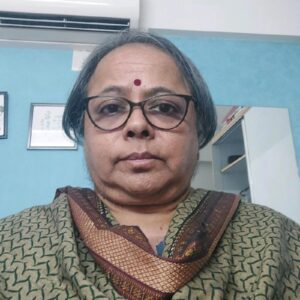The 71-year-old scholar has given talks and written extensively on intellectual property rights, genetic engineering, biodiversity and bioethics. She has served as an advisor to governments in India abroad as well as to NGOs. Dr Shiva has won several accolades. In 1993, she was given the Right Livelihood Award, also known as the ‘Alternative Nobel Prize’. She was named among the top five “Most Important People in Asia” by ‘AsiaWeek’ in 2001. She won the Sydney Peace Prize in 2010 and the MIDORI Prize for Biodiversity in 2016.
In an engaging interview with me, Dr Vandana Shiva shares anecdotes from her childhood, speaks about her love for nature and how she is a seeker of knowledge. Edited excerpts:
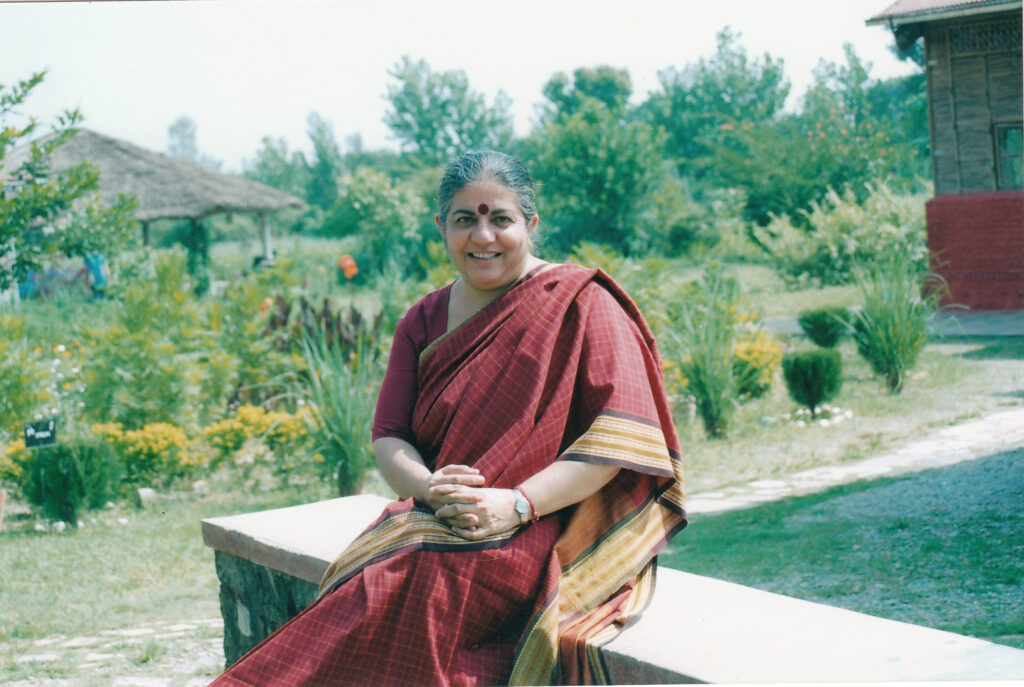
Could you relate childhood anecdotes that shaped your career and life?
I grew up in the forests of the Himalayas. My father was in the forest service and my mother chose to be a farmer. My parents loved nature. There were hardly any roads in those days. My childhood was spent walking in the forests, riding elephants and horses. We would stay in rest-houses with no electricity. We used petromax lanterns.
One booklet on short essays by Einstein made a huge impact on my life. I was less than 10 years old at that time. I realized that Einstein was the kind of person I wanted to be. I wanted to study science but with social responsibility. That little book shaped my desire to be a physicist. I went on to do a PhD in quantum theory.
From physics to environmental matters – how did the transition happen?
When I was leaving for Canada for postgraduation, I wanted to visit the hills so that I could carry them with me. We went to one of the forest areas where we had lived. I was shocked to see that the forest had gone, so had the stream. It was three days before I was flying. I was at the bus-stand waiting for my bus to arrive feeling heartbroken. This was the first time I had seen environmental destruction up close.
I was talking to the tea-seller. He told me there was hope now. I heard that women were coming out to defend the forests. This was when I heard of the Chipko movement. I did my formal quantum PhD with the University of Western Ontario but I did my ‘ecology PhD’ with the Chipko movement. I kept visiting India while doing by PhD during the Chipko movement.
What has been the significance of the Chipko movement?
The Chipko movement was the first big ecological protest of its time. Many women who led the Chipko movement had never been to school. Yet they taught the country and the world about ecology.
Women came carrying lanterns during the day and the police arrested them. They were told they were blocking revenue collection. When asked why they were carrying lanterns when the sun was out, they said it was to show people what the forests bear. These are not timber mines; they are our mothers. The women said: “You think the forests bear timber, money and resin. We know what forests bear – soil, water and pure air!”
The mountains were known to be backward areas and the women were the backward section of society. Still, here, it was the women of the mountains who were showing the world the value of the forests. While around 100 women moved into the forests and lived there till the logging was stopped, others took care of their homes, children, cows and fields.
It was a totally self-funded movement. From Chipko I learnt the importance of not depending on funding. It also taught me the value of participatory research (where researchers move closely with affected community members).
Tell me about your journey as an environmental activist
When I came back to India there were very few people who were thinking, writing and researching ecology in India. There was no such discipline being taught in the universities. When the ministry wanted to do a study on mining, I got the opportunity to work on it. I was in Bengaluru at that time. The study led to a Supreme Court case and a ban on mining and polluting industry around Dehradun. When I realized the change six months of work could bring about, I decided that this was the way I wanted to function.
I took all my training in science to shape my growth in ecology. I became interested in interdisciplinary research in science, technology and environmental policy and worked at the Indian Institute of Science, Bangalore and the Indian Institute of Management, Bangalore.
I decided to spend time working with Prof G.N. Ramachandran (known as the ‘Father of Molecular Biophysics in India’) at the Indian Institute of Science, Bangalore.
But there was a puzzle at the back of my mind. We were told that the more science and technology a country had the less poverty it would have. But when I looked around me, I did not see this. What I saw was that when the trawling method of fishing came, the fishermen only got poorer. High-rises came to towns only to displace people. I realised I wanted to study the complex relationships between science, technology and society further.
I worked at the Indian Institute of Management, Bangalore for three years as a researcher. The founder-director Prof N.S. Ramaswamy wanted to make it a public management institute at that time.
In 1982, I founded the Research Foundation for Science, Technology and Ecology (RFSTE). Every step opened a new world for me. I, along with my team at RFSTE, challenged the ‘biopiracy’ of neem, basmati and wheat.
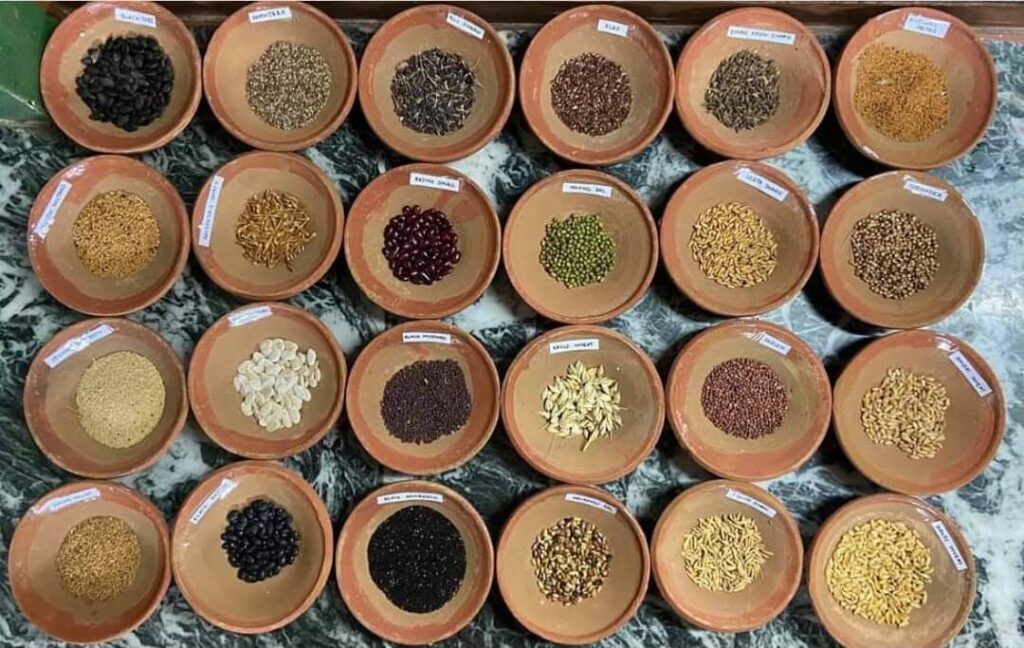
Tell us about your journey of saving native seeds
Large chemical companies wanted to control the seed market by using genetic engineering and taking patents. They wanted to write international laws so that farmers could not save seeds. Seeds were life. How could the activity of saving seeds be stopped?
I gave up other activist work and decided to focus on saving seeds. In 1991, I founded Navdanya Research Foundation for Science, Technology and Ecology. Navdanya (meaning nine seeds) also educates farmers about the benefits of growing diverse crops. At Navdanya’s seed bank in Dehradun people can see seeds of 750 varieties of rice and 250 varieties of wheat. We have created more than 150 community seed banks across the country.
What could we do today to address climate change?
I will focus on food and its impact on climate change. Ultra-processing, packaging and wastage – these are three ways food adversely impacts climate change. What we can do is eat organic, which is good for both our health and the planet. Eat food grown by local farmers. Avoid ultra-processed food and junk food.
In India, we have practices where we try and use every part of the vegetable. The beauty of the food-climate equation is that whatever is good for the earth is good for you. The health of the earth is not separate from your health.
As for the trade-off between development and ecology, for me development is not an economic word, but simply, how a seed becomes a plant. To me, ecology is the basis of the world.
How can we raise more environmentally conscious children?
We owe it to our children to create spaces where they can feel part of the earth. I recommend that all schools should have gardening activity for children. When their hands go into the soil, children forget their backgrounds and genders. They forget that they may have been feeling depressed.
Take children for a nature walk to recognise plants and birds. This is education for life. It is the best way for children to become ecologically conscious. At our Earth University at Navdanya, we encourage schoolchildren to visit. We are conducting a summer school for young ecologists called ‘Touch the Earth’ in June. The participating youngsters will be working on farms and go on treks to meet the communities which are saving seeds.
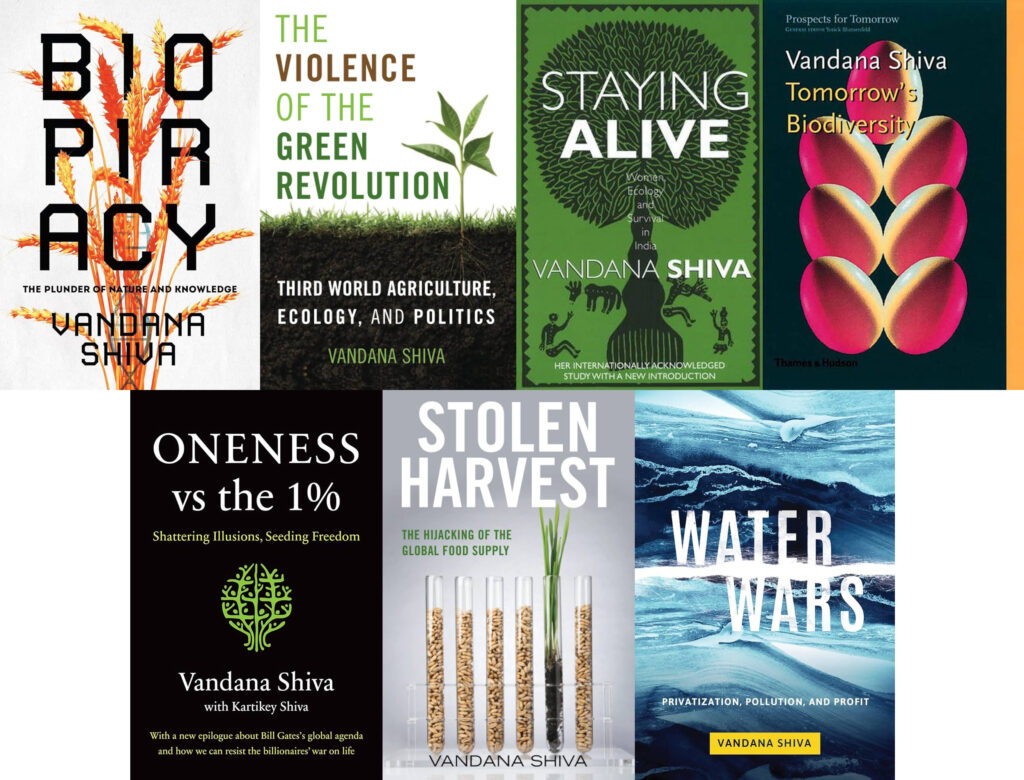
Activist Author
It was her book ‘Staying Alive: Women Ecology and Development’ that got her the stamp of being an ‘ecofeminist’. The book was inspired by the struggles of women for the protection of nature. It was the Chipko movement that taught her that the same systems that perpetrate violence against nature also perpetrate violence against women.
Her book on the ‘The Violence of the Green Revolution’ was published in 1989. In this book she examined the devastating effects of monoculture and commercial agriculture. And the link between ecological destruction and poverty
Dr Shiva thought that the biological wealth of poorer countries was appropriated by global corporations. In her 1997 book, ‘Biopiracy: The Plunder of Nature and Knowledge’, she has called these practices “biological theft”.
Her book ‘Stolen Harvest: The Hijacking of the Global Food Supply’ (1999) focuses on corporate trade agreements. In ‘Tomorrow’s Biodiversity’ (2000), she talks of the decrease in the genetic diversity of crops and in ‘Patents: Myths and Reality’ (2001), she writes about patent laws. In ‘Water Wars: Privatization, Pollution, and Profit’ (2002) she criticizes corporations for attempting to privatize water resources.
She wrote ‘Oneness vs the 1%: Shattering Illusions, Seeding Freedom’ with her son Kartikeya Shiva. She has just completed a manuscript for a book on ‘Climate Change and the Future of Food’.
What are the activities that keep you busy these days?
I chose to adopt in my life whatever I found compelling. My choices are the sources of meaning and fulfilment in life. My life’s work brings me joy. I keep busy with long-term commitments. Saving seeds is my life’s commitment. Also, the world is changing very fast. I spend a great deal of time following new trends.
Which have been the most cherished moments of your life?
The most cherished moments of my life have been times when I am with nature and when I am with village communities. What is keeping India alive are her villages. I enjoy local festivals, particularly those celebrating food and animals.
You know how rich our culture is. I get great joy and also learning from observing cultural practices. I am really a seeker of knowledge. The core pursuit for me is to understand our world and our place in it.
This is an adapted and abridged version of a cover story interview that appeared in the magazine ‘Dignity Dialogue in the April 2024 issue.
Aruna Raghuram is a freelance journalist based in Ahmedabad. She writes on women’s issues, environment, parenting and social enterprises.


